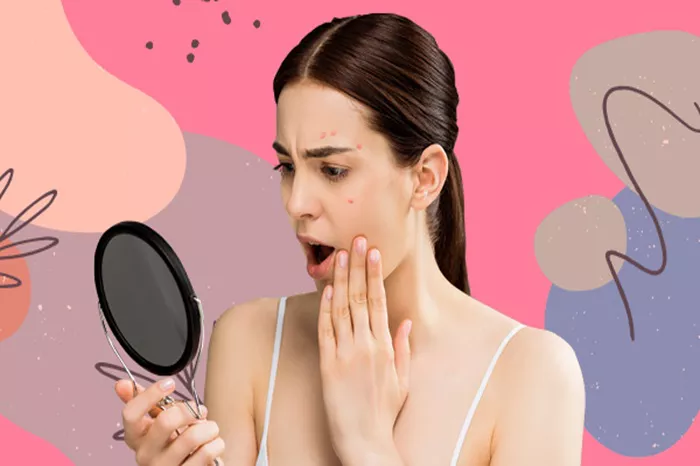Individuals with oily, acne-prone skin often face the challenge of breakouts, marked by redness and irritation from a compromised skin barrier. While many are familiar with these common acne outbreaks, the phenomenon known as skin purging can add to the confusion, particularly when introducing potent skincare treatments like chemical peels. To clarify the distinctions between these two skin reactions, dermatology experts give their explanation.
Defining Skin Purging
Dr. Shareefa Chause, a dermatologist and cosmetologist at Shareefa’s Skin Care Clinic, explains that skin purging can be viewed as an allergic reaction to new skincare products. This reaction manifests through blemishes, inflammation, or acne due to an accelerated cell turnover process that brings underlying impurities to the surface. “Skin purging typically occurs on the forehead and is generally short-lived,” Dr. Chause notes.
In contrast, traditional acne breakouts are usually triggered by hormonal imbalances, clogged pores, or bacterial infections.
Dr. Varsha Reddy, a dermatologist at Zennara Clinics, echoes this sentiment, stating that skin purging results from the increased cell turnover associated with certain skincare ingredients. “This process clears clogged pores, ultimately leading to healthier skin,” she explains. Dr. Reddy emphasizes that skin purging is a temporary phase that often occurs when using products containing retinoids, AHAs (alpha hydroxy acids), or BHAs (beta hydroxy acids).
Managing Skin Purging
For those experiencing skin purging, Dr. Reddy recommends avoiding harsh ingredients during this transitional phase. “Limit the use of strong active ingredients like retinoids, AHAs, or BHAs. Instead, focus on soothing the skin with gentle cleansers and proper hydration,” she advises. Additionally, she cautions against using alcohol-based toners and aggressive scrubbing, as these can exacerbate skin irritation.
Dr. Chause also highlights the importance of patience during this time. “If the purging is a result of a new product, it’s crucial to continue using it, as the reaction is temporary,” she says. Maintaining proper moisturization can help soothe irritation and allow time for the product to take effect.
The Role of Skin Hygiene
Maintaining good skin hygiene is vital for effectively managing both skin purging and acne breakouts. Dr. Chause advises against frequently touching the face with unwashed hands, as this habit can elevate the risk of infection.
Acne is a widespread condition affecting individuals of all ages, but it is particularly common among teenagers. Factors such as hormonal fluctuations during puberty and pregnancy, genetic predispositions, dietary influences, and the use of occlusive creams can all contribute to the development of acne.
Who Is Most Prone to Breakouts and Skin Purging?
Dr. Reddy notes that individuals with acne-prone or highly sensitive skin are more susceptible to experiencing skin purging, especially when beginning new treatments or skincare products designed to accelerate cell turnover. “This process can lead to temporary breakouts that may resemble traditional acne,” she adds.
Understanding the differences between skin purging and standard acne breakouts can help individuals navigate their skincare journeys more effectively, leading to healthier and clearer skin.
Related topic:
What is the best treatment for acne scars and wrinkles?
How Often Should You Do Skin Rejuvenation?
What Are the Best Skin Rejuvenation Treatments?

